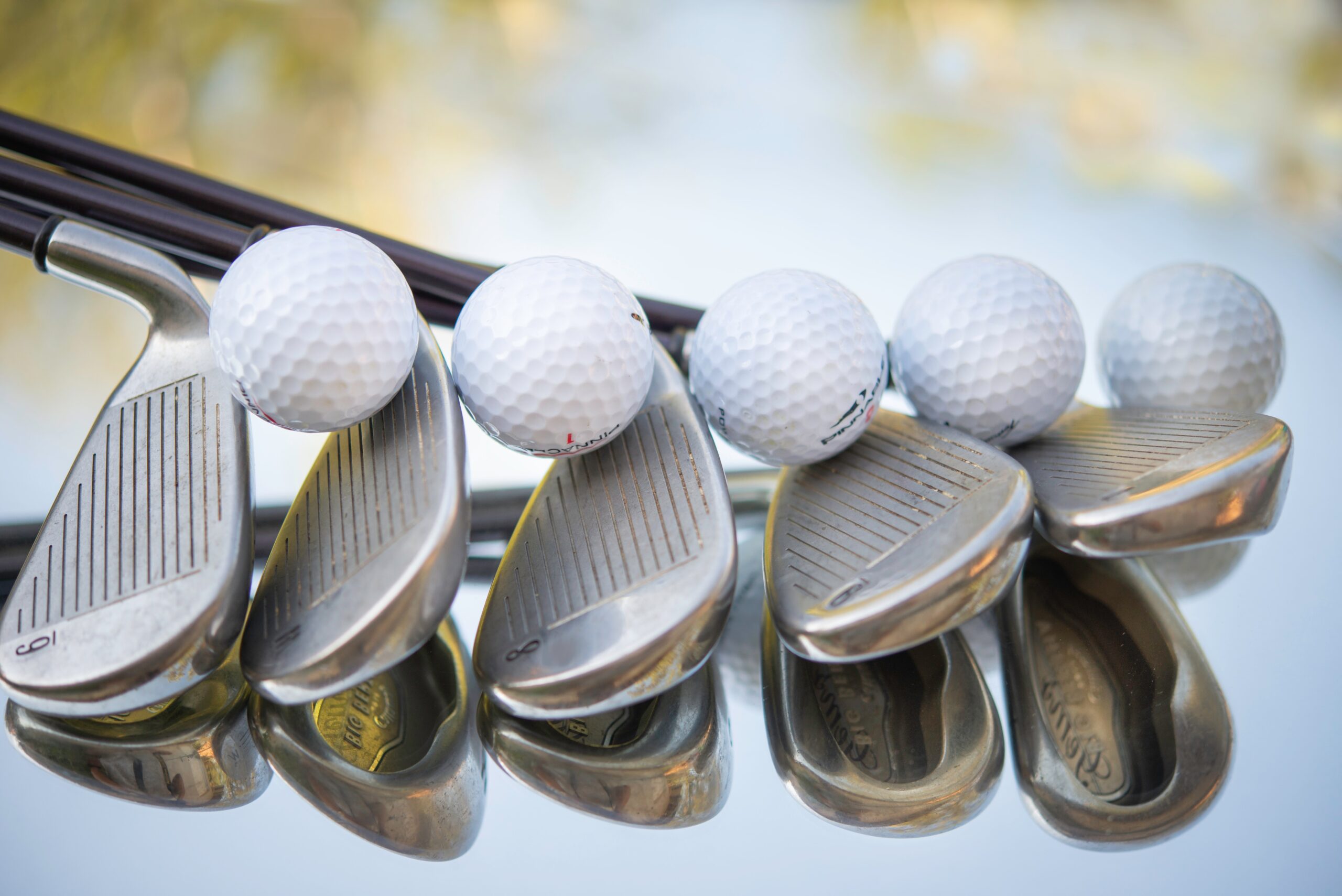When golfers buy a new set of irons, they usually don’t receive any adjustment, including their lie angle in golf. They mistakenly assume that what they are buying is right for them.
Today I want to talk about one of the most important things players overlook when buying an iron set. If this spec is not adjusted correctly for their particular swing, it could cause their shots to travel 8-10 yards off-line from their target, even though the player has swing ideally.
I’m talking about the lie angle.
The lie angle in golf is one of the most important, if not the most important, things to get right when buying a set of irons. Each manufacturer has a different specification for the lie angle on their clubs, and most golfers never adjust them for their particular swing.
What is the lie angle in golf?
The lie angle defines the angle between the shaft and the ground line when the club is measured in normal playing position, with the center of the sole touching the ground line.
The most important thing about measuring the lie angle for every golfer is how the club interacts with the ground at impact. The angle of the club when addressing the ball is not necessarily important.
There are only two scenarios that occur when your lie angle is not set correctly for your swing.
- The club is too straight, and the toe does not contact the ground at impact.
- The club is too flat, and the heel does not contact the ground at impact.
If your club is too straight at impact, your shots will travel to the left of your target . Conversely, if your club is too flat, then your shots will point to the right.
For each degree your lie angle is either too straight or too flat, the ball will initially travel 4 yards from your target line. Some players have lie angles of up to 2-3 degrees, which makes it very difficult for them to approach shots!
How do you measure?
The traditional way to measure the lie angle of a golf club is to use a shock board and place tape on the sole of the club. This was always the basis of Ping’s color system. However, this method is questioned and found to be less accurate for some reasons.
These days, club fitters use launch monitors to indicate better what’s happening at impact.
A few months ago, I went for an edit on a Foresight system and learned that my current set of irons was way too straight for me. You can see in this image that my club toe was in the air at impact.
I have since corrected the problem with flatter irons, and it has straightened out my ball flight considerably. With this simple solution, I have more control over the golf ball.
Not everyone has access to these systems, and there’s an easy way to measure if your lie angle is correct on your irons. All you need is a marker.
Draw a straight line down the back of the golf ball and face it towards the clubhead. After making an impact, the line will appear on the face.
If it points towards the toe, then your club is too straight. If it points towards the heel, it is too flat. Your lie angle is correct if the line is perpendicular to the facial grooves.
Conclusion
To summarize, the lie angle of your irons is extremely important as it will significantly affect the initial direction of your shots. Not all irons are created equal, and most players use irons that probably don’t have the right specs for their swing.
This problem is relatively easy to fix, as most clubs can be bent afterward. Try this marker test and see what kind of results you get with your current set of irons.
Setting an incorrect lie angle can make all the difference in your approach shots.

